Regular Inspections
Schedule routine tree health check-ups to identify weak or diseased branches. Early detection can prevent potential hazards during storms.
Storms can be unpredictable, but your response doesn’t have to be. By understanding storm preparedness, especially when it comes to the trees on your property, you can significantly reduce the risks to your home and family. With proactive measures in place, you’ll be better equipped to handle whatever nature throws your way.
Understanding the key areas of storm preparedness can significantly enhance your property’s resilience against severe weather. Below are vital strategies and considerations that every homeowner should know:
Schedule routine tree health check-ups to identify weak or diseased branches. Early detection can prevent potential hazards during storms.
Use techniques that enhance wind resistance, such as canopy thinning. Proper pruning can significantly reduce storm damage risk.
Select tree species known for their storm resilience, such as oaks, which have stronger structures compared to others.
Consult with certified arborists for expert assessments and interventions. Their expertise can provide tailored advice for your property.
As a homeowner, one of the most important things you can do is prepare for storms—especially if you have trees on your property. Storms can pose significant risks not only to your trees but also to your home and family. It's crucial to think about how strong winds and heavy rains can affect your landscape. Implementing proactive measures can greatly reduce damage and ensure your property remains safe during severe weather. For more detailed guidance, consider exploring preparing trees for storm season.
Having a plan in place for storm preparedness allows you to protect your home and loved ones. Trees can become hazards if not properly managed, making it vital to understand their vulnerabilities. For instance, trees with weak roots or those that are diseased can easily be uprooted or break during a storm, causing damage to your home and surrounding properties. Recognizing these risks helps in making informed decisions and taking necessary actions.
Storm preparedness is more than just fixing broken fences or covering windows. It’s about understanding the full scope of how storms can impact trees and, by extension, your home. Did you know that every year, thousands of homeowners face costly repairs due to storm-related tree damage? The first step is to recognize that being proactive can save you a lot of stress and money!
At Safe Canopy Care, we emphasize the need for a comprehensive approach to storm preparedness. By assessing your trees and taking proactive steps, you can create a safer environment for your family. Remember, it’s not just about reacting to storms but preparing for them in advance. You can also gain insights into long-term tree risk management tips to further protect your property.
Understanding your property's unique characteristics is essential to storm preparedness. Factors such as tree species, age, and location can significantly impact your risk level. For instance, certain tree species are more prone to falling during storms due to their structure and root systems.
Identifying these vulnerabilities can help you prioritize which trees need immediate attention. At Safe Canopy Care, we recommend conducting a thorough evaluation, as this is a key step towards effective storm management. Understanding your landscape can empower you to make the right choices and minimize risks before storms hit.
Taking proactive steps to care for your trees can greatly enhance their resilience against storms. Regular inspections and maintenance are crucial to identifying and addressing potential issues before they develop into serious hazards. As a tree safety expert, I can assure you that the effort you put into tree care today can save you from significant headaches later.
Regular inspections are vital for ensuring your trees are healthy and strong. Identifying weak or diseased trees early can prevent them from becoming dangerous during storms. You wouldn't ignore a check-up for your health, right? Your trees deserve the same attention! For additional resources on finding qualified help, check out using a tree service directory.
By being proactive, you not only ensure the health of your trees but also create a safer environment around your home. At Safe Canopy Care, we believe that regular inspections should be part of every homeowner's routine. Let’s dive deeper into what to look for during these inspections!
Knowing what to look for during inspections can make the difference between a healthy tree and a potential hazard. Here are some specific signs to watch out for:
Addressing these signs promptly can save you from extensive damage. Remember, a well-cared-for tree is a strong tree! If you're unsure about what to look for, don’t hesitate to reach out to us at Safe Canopy Care. We’re here to help you ensure your trees are safe and healthy!
Did you know? Regularly assessing your trees can significantly reduce the risk of storm damage. Make it a habit to check for signs of weakness or disease at least twice a year. This proactive approach not only enhances the health of your trees but also provides peace of mind during storm season.
As we navigate the unpredictable nature of storms, it’s crucial to emphasize the importance of being prepared, especially for homeowners with trees. Understanding the risks posed by storms can make a significant difference in protecting your property. By implementing the proactive strategies we've discussed, you can reduce potential damage and foster a safer environment.
Here’s a quick recap of the essential tips for storm preparedness:
At Safe Canopy Care, we believe that proactive tree maintenance is your best defense against storm damage. Regular care not only keeps your trees healthy but also empowers you to make informed decisions. Imagine feeling secure knowing that you’ve taken every precaution possible to protect your home and loved ones!
Here are some ongoing strategies you can incorporate into your tree care routine:
Remember, the key to effective storm preparedness lies in consistent action. Just like nurturing a relationship, your trees need ongoing attention to thrive and stay safe through stormy weather. For more insights on how to keep your trees healthy and safe, consider our tree safety risk prevention tips.
Now that you have the tools and information at hand, it's time to put your knowledge into action! I encourage you to take the first step towards comprehensive tree care. Whether it’s conducting a thorough inspection, pruning your trees, or consulting with a professional, every action counts.
At Safe Canopy Care, my team and I are here to support you in creating a safer outdoor space for you and your family. Don’t hesitate to reach out for expert guidance or to discuss any concerns you might have. Together, we can ensure that your home remains a sanctuary, no matter what nature throws our way! Explore our resources on staying safe with tree care tips for more practical advice.
Here is a quick recap of the essential tips for storm preparedness discussed in the article:
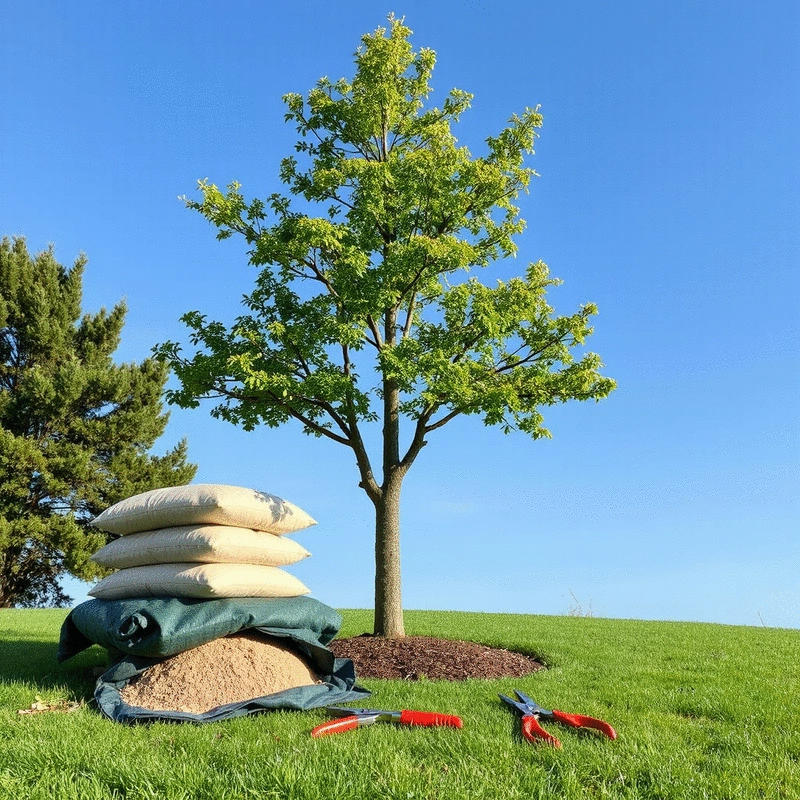
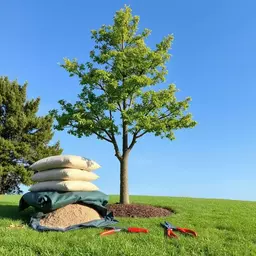 Storms can be unpredictable, but your response doesn’t have to be. By understanding storm prepared
Storms can be unpredictable, but your response doesn’t have to be. By understanding storm prepared
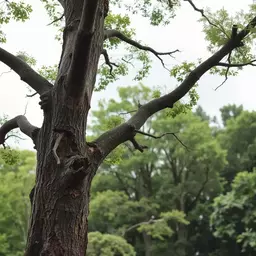 As storms can strike without warning, ensuring the safety of your trees is not just a precaution—i
As storms can strike without warning, ensuring the safety of your trees is not just a precaution—i
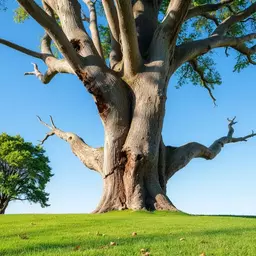 Have you ever considered how a single tree could be a ticking time bomb for your property? Understan
Have you ever considered how a single tree could be a ticking time bomb for your property? Understan
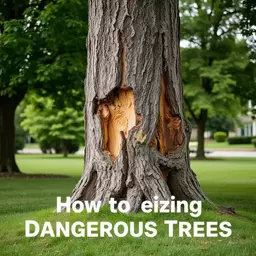 Have you ever considered how something as seemingly benign as a tree can quickly become a danger? Ea
Have you ever considered how something as seemingly benign as a tree can quickly become a danger? Ea